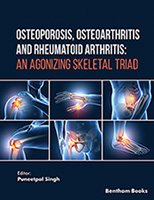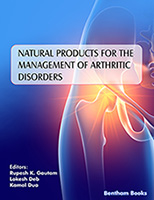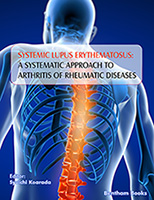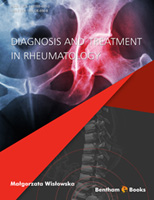Introduction
Osteoarthritis is a chronic disease prevalent among the elderly. Its most prominent feature is the progressive destruction of articular cartilage which results in impaired joint motion, severe pain and ultimately disability. Its prevalence and its impact on daily life pose a significant public health problem. Today, a cure for osteoarthritis remains elusive and the management of the disease is largely palliative, focusing on the alleviation of symptoms. Current recommendations include a combination of pharmacological and non-pharmacological treatments. The term “non-pharmacological” includes physical therapy and rehabilitation, but also nutraceuticals. All guidelines on osteoarthritis management highlight the importance of weight loss and physical activity to improve the functional status of patients. A number of alternative therapies are also commonly suggested by physicians and physiotherapists in their daily practice. The efficacy of these therapies is not evidenced by strong clinical trials. This category includes education, information, electrotherapy, ultrasound, electromagnetic field, spa, hydrotherapy, acupuncture, etc. Non Pharmacological Therapies in the Management of Osteoarthritis reviews the clinical relevance of these therapies and the difficulties in conducting high quality trials assessing their efficacy. This e-book presents supportive scientific evidence for their efficacy and explains the mechanism of action of nutraceuticals targeting osteoarthritis. It also includes many example of exercises, mobilization and manipulation techniques directly useful for medical professionals.





